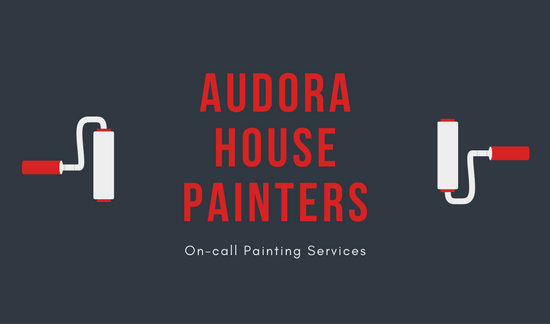Discover Just How Weather Components Can Affect The Success Of Your External Paint Job And Accomplish A Remarkable Coating
Discover Just How Weather Components Can Affect The Success Of Your External Paint Job And Accomplish A Remarkable Coating
Blog Article
Material Composed By-Reilly Handberg
Understanding how weather can affect the outcome of an outside painting undertaking is extremely important for achieving a remarkable coating. From temperature level fluctuations altering paint adhesion to humidity levels affecting drying out times, each element of weather plays a considerable role in the success of your job. Furthermore, painting impression and precipitation can introduce unexpected obstacles that may endanger the quality of the outcome. As we browse through the nuances of weather's influence on outside paint, it ends up being obvious that meticulous planning and strategic timing are crucial for guaranteeing a specialist and long lasting outcome.
Perfect Temperature Level Variety for Painting
When thinking about exterior painting tasks, the ideal temperature variety plays an important duty in accomplishing optimal results. Painting in the right temperature conditions guarantees that the paint sticks correctly to the surface area, dries out evenly, and remedies properly. Normally, the suggested temperature variety for exterior paint is between 50 to 85 levels Fahrenheit.
Painting in temperature levels below 50 levels Fahrenheit can result in concerns such as bad paint attachment, prolonged drying out times, and a boosted likelihood of breaking or peeling.
On the other hand, painting in temperatures over 85 levels Fahrenheit can trigger the paint to dry as well quickly, resulting in blistering, gurgling, and an uneven finish.
To attain the most effective results, it is essential to examine the weather forecast prior to starting an exterior painting task. Preferably, aim to paint throughout light weather conditions with modest temperature levels and low humidity levels.
Impacts of Humidity on Paint Drying
Humidity levels considerably impact the drying process of paint related to exterior surface areas. High moisture can prolong the drying time of paint, resulting in potential issues such as trickling, spotting, or even the formation of bubbles on the repainted surface area. Excess moisture in the air decreases the evaporation of water from the paint, impeding the treating procedure. visit the up coming post is especially bothersome for water-based paints, as they rely on dissipation for drying.
On the other hand, reduced moisture levels can also impact paint drying out. Incredibly dry problems might create the paint to completely dry also swiftly, bring about poor adhesion and a rough coating. In such instances, including a paint conditioner or splashing a great mist of water in the air can assist control moisture levels and enhance the paint outcome.
To make interior door painting service drying conditions, it is advisable to repaint when the moisture degrees vary in between 40% and 50%.
Tracking humidity degrees and taking ideal measures can assist accomplish a smooth and resilient paint coating on outside surfaces.
Wind and Rainfall Considerations
Wind rate and precipitation are essential variables that significantly influence the success of an external painting project.
When it involves wind, both rate and instructions are necessary considerations. High wind rates can trigger paint to dry also swiftly, resulting in a subpar do with possible concerns like fracturing or irregular structure. Furthermore, wind can bring debris that may follow the damp paint, leading to imperfections. As a result, painters need to aim to service days with light to moderate winds for optimal painting conditions.
On https://interiorpainternearme44433.thenerdsblog.com/39664315/expert-guidance-for-seamless-participation-with-house-painters , rainfall, whether rain or snow, can be extremely harmful to the result of an exterior paint task. Moisture from precipitation can prevent paint attachment, causing peeling and bubbling over time. It is critical to prevent paint throughout stormy or snowy weather to guarantee the long life and quality of the paint work. Painters need to likewise permit sufficient time for the surface area to dry completely after any precipitation prior to commencing or resuming the painting process.
Final thought
To conclude, weather conditions play a substantial function in the result of an exterior paint job. The ideal temperature level variety, moisture levels, wind speed, and rainfall all add to the success or failing of the paint work.
It is important to take into consideration these aspects and strategy accordingly to make certain correct paint bond, drying out times, and general quality of the finished product.
